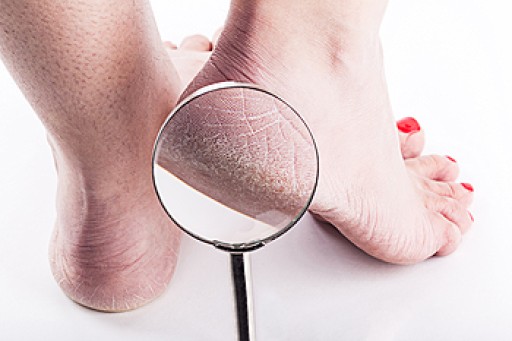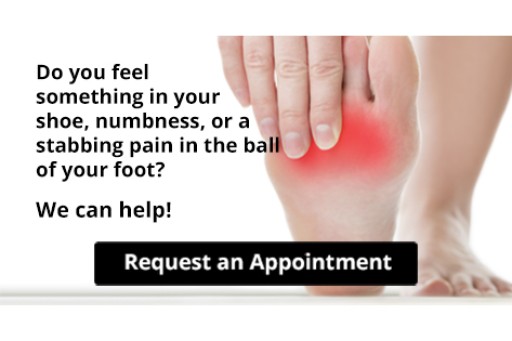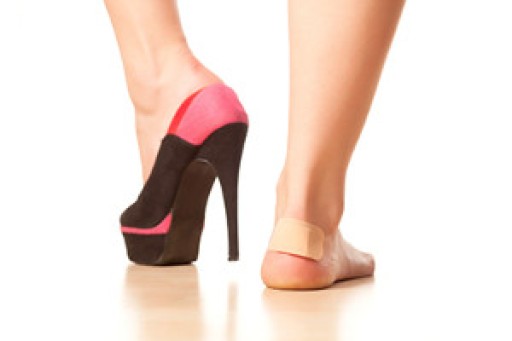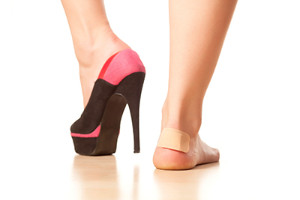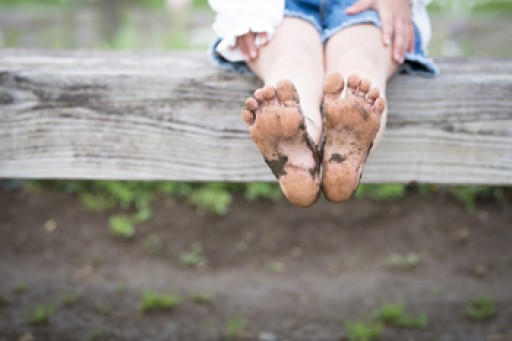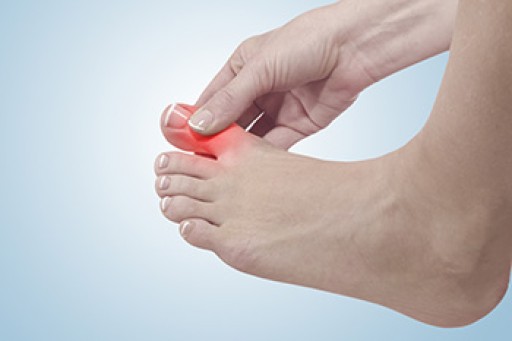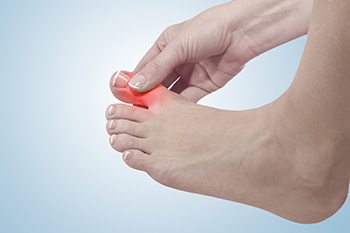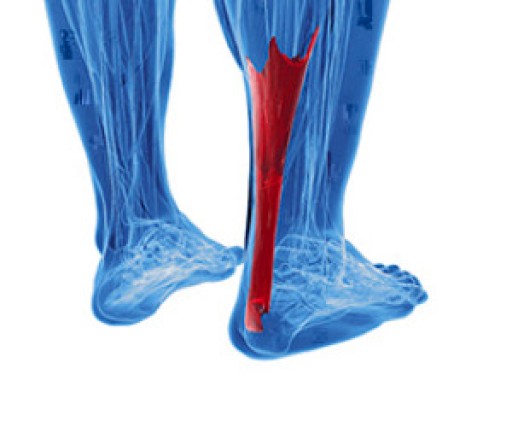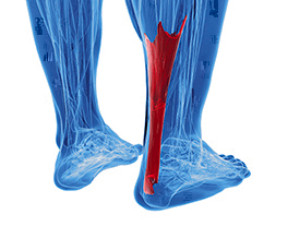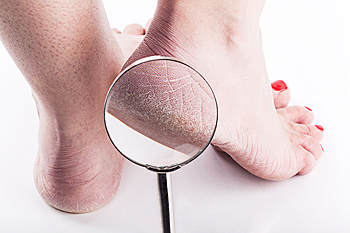
When your heels have developed cracked skin, they can feel unattractive, to say the least. The texture of your heels becomes rough, the skin is dry and thick, and occasionally, you will have a yellow or brown callus along the heel. You might notice cracks that can range from small to deep. Bad cracks can bleed, become inflamed, and even get infected. Those who have the back of their foot exposed in open-heeled shoes are said to be more prone to developing cracked heels. Sometimes cracked heels can signal an underlying condition such as diabetes or hypothyroidism. These illnesses can reduce sweat production and make feet drier. Some skin conditions, like eczema or psoriasis, can contribute to having cracked heels as well. At-home treatments include regular cleaning, drying, and moisturizing of the feet, and removing some of the dry skin on the heel with a pumice stone. Visit a podiatrist for an assessment of your cracked heels and for expert advice and treatment.
If the skin on your feet starts to crack, you may want to see a podiatrist to find treatment. If you have any concerns, contact one of our podiatrists from Illinois . Our doctors can provide the care you need to keep you pain-free and on your feet.
Cracked Heels
It is important to moisturize your cracked heels in order to prevent pain, bleeding, and infection. The reason cracked heels form is because the skin on the foot is too dry to support the immense pressure placed on them. When the foot expands, the dry skin on the foot begins to split.
Ways to Help Heal Them
- Invest in a good foot cream
- Try Using Petroleum Jelly
- Ease up on Soaps
- Drink Plenty of Water
Ways to Prevent Cracked Heels
- Moisturize After Showering
- Skip a Shower
- Keep Shower Water Lukewarm
- Don’t Scrub Your Feet
If you are unsure how to proceed in treating cracked heels, seek guidance from a podiatrist. Your doctor will help you with any questions or information you may need.
If you have any questions, please feel free to contact our offices located in Wheeling and Berwyn, IL . We offer the newest diagnostic and treatment technologies for all your foot care needs.
